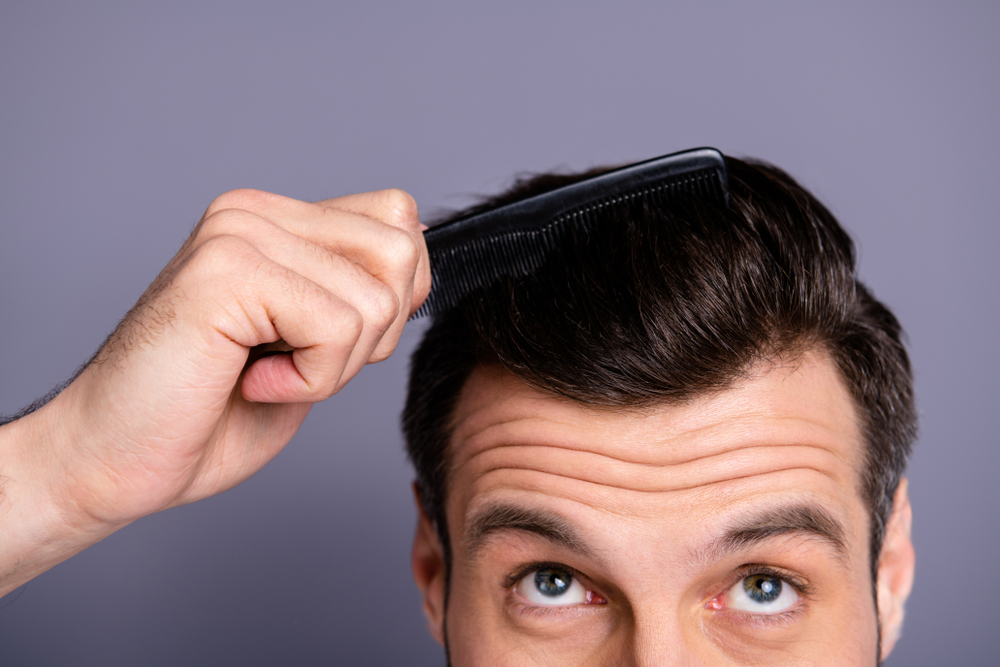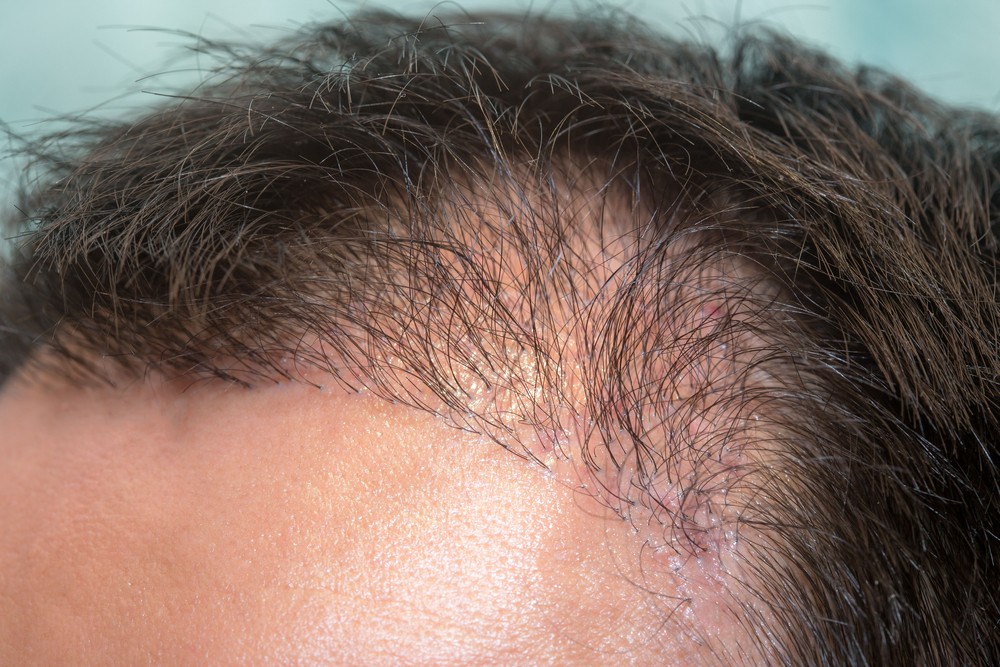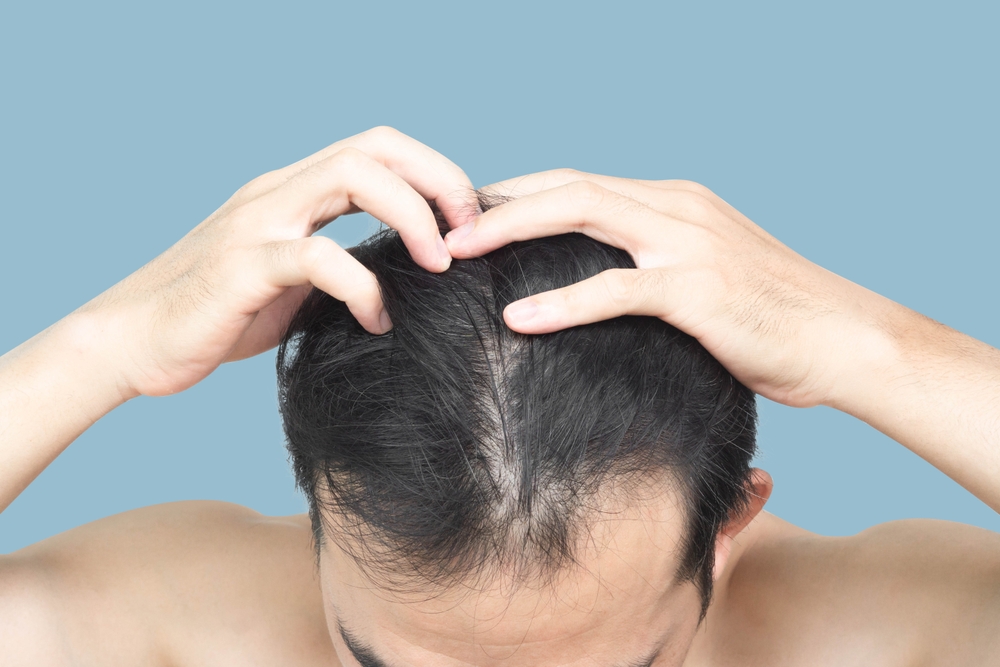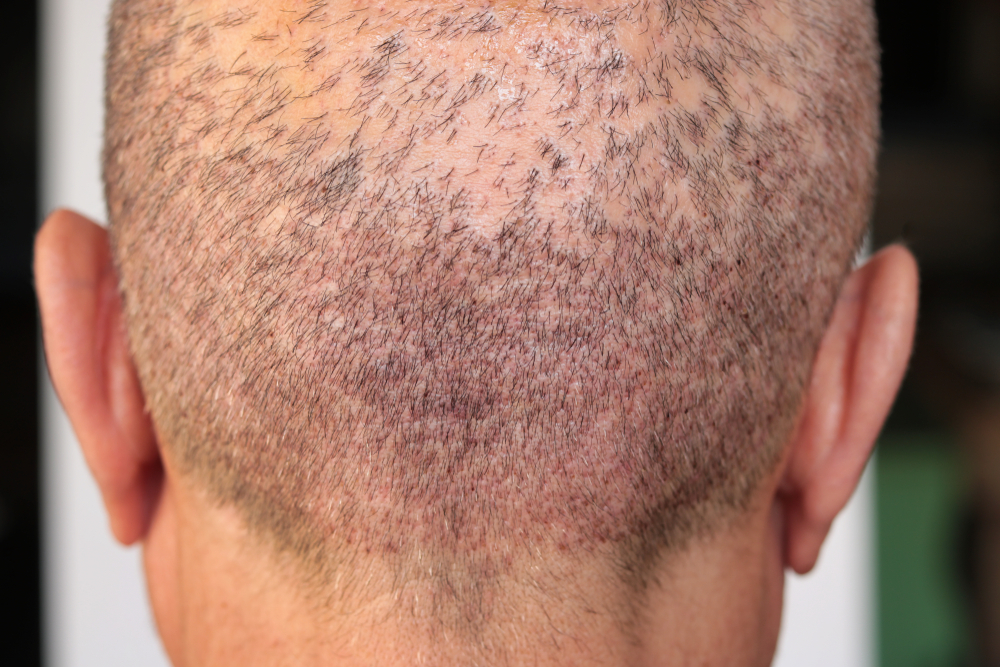The number of grafts that are considered “too much” in the context of hair transplantation or other medical procedures varies depending on several factors, including your characteristics, the surgical technique used, and the goals of the procedure.
Here are some considerations…
- Patient’s Scalp Characteristics – The patient’s scalp laxity and donor hair density play a significant role in determining how many grafts can be safely harvested and transplanted. You may have a greater supply of donor’s hair, allowing for larger graft numbers, while others may have limited donor resources.
- Surgical Technique – The surgical technique used can influence the maximum number of grafts that can be transplanted. For example, follicular unit transplantation (FUT) involves removing a strip of scalp from the donor area, while follicular unit extraction (FUE) involves individually extracting grafts. FUE can be limited by the time it takes to harvest each graft, while FUT may be limited by the size of the donor strip that can be safely removed.
- Patient Goals: Your desired outcome and aesthetic goals also play a role in determining how many grafts are “too much.” You may want to achieve a very dense hairline or cover a large bald area, which may require a higher number of grafts.
- Surgical Expertise – The skill and experience of the surgeon performing the procedure are crucial. An experienced surgeon may be able to maximize the number of grafts without compromising the overall result or causing harm to the donor area.
- Donor Area Preservation – Avoid overharvesting the donor area to ensure it retains a natural appearance and doesn’t become visibly thin or scarred.
- Patient Health – The overall health and medical history of the patient can impact how many grafts are safe to transplant. Certain medical conditions or medications may affect the feasibility of the procedure.
There isn’t a specific universally accepted number that defines “too much” in terms of grafts, as it varies from patient to patient. Surgeons assess these factors during a consultation and develop a personalized treatment plan. Have realistic expectations and prioritize the long-term health and aesthetics of both the donor and recipient areas when considering a hair transplant procedure. Consulting with a board-certified and experienced hair transplant surgeon is essential to determine the appropriate number of grafts for your specific situation.





